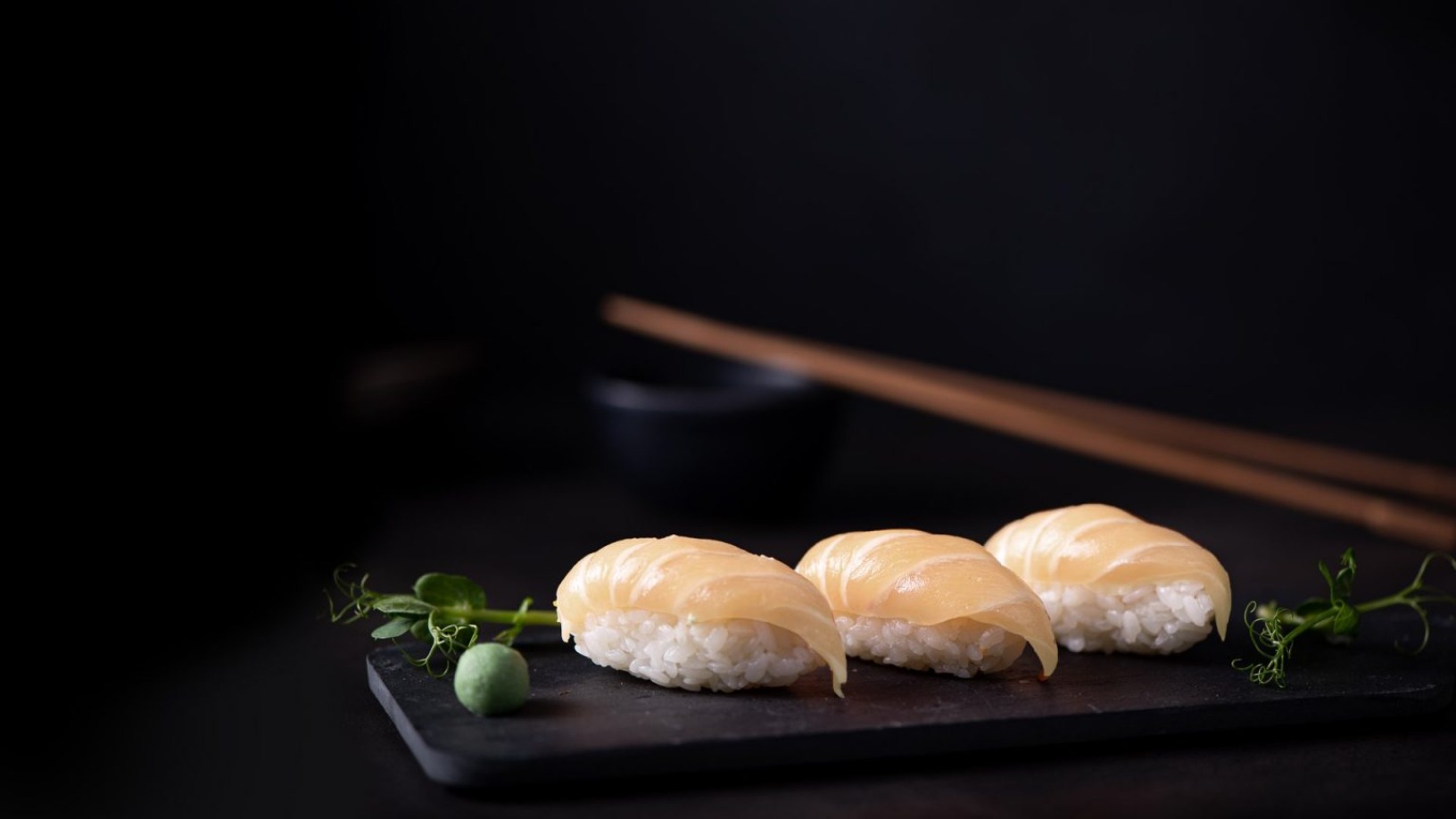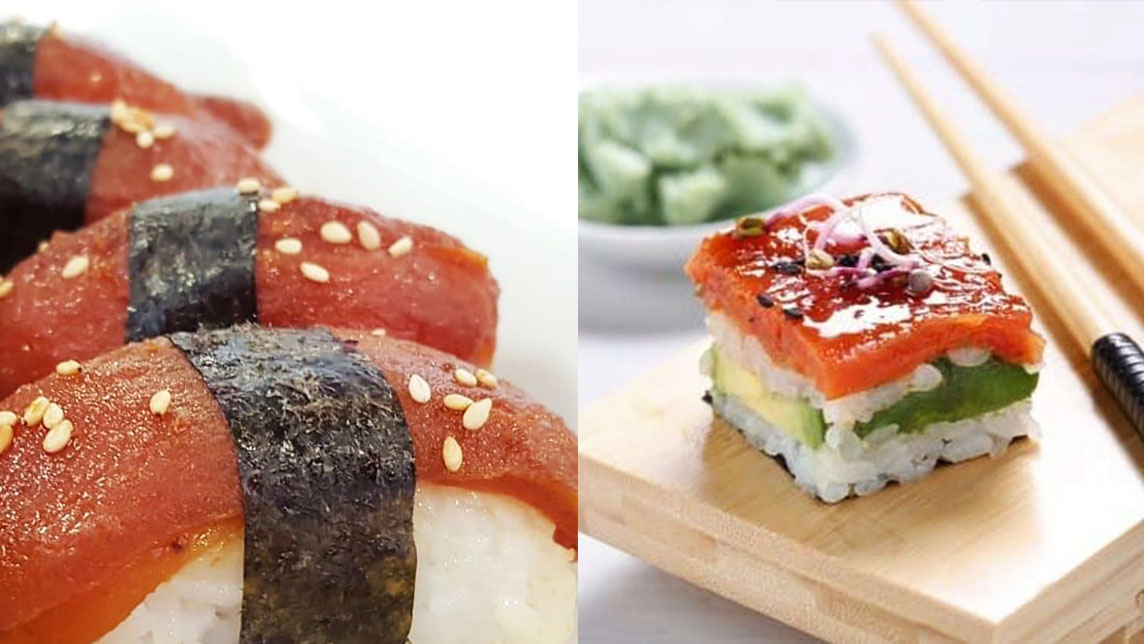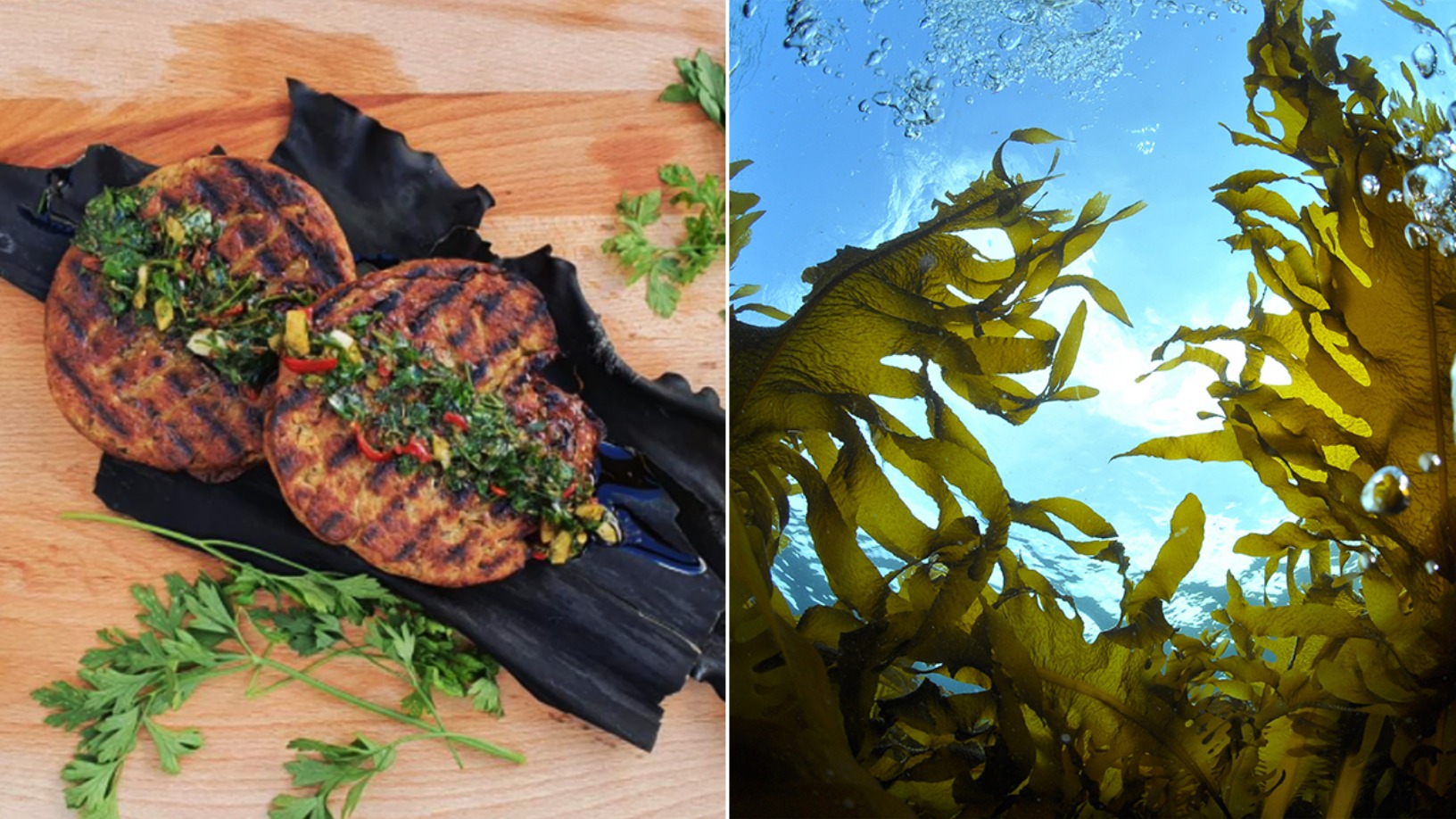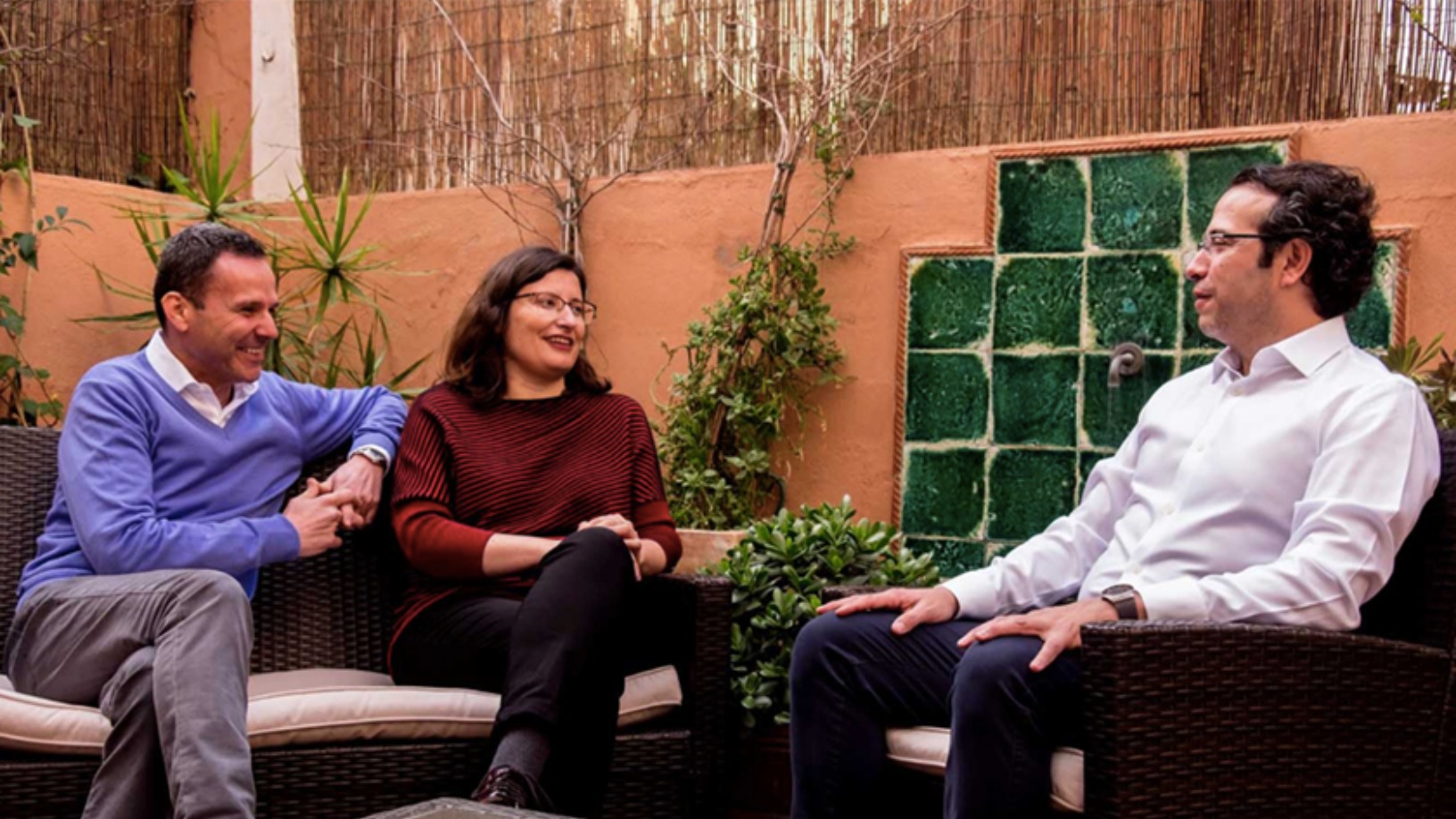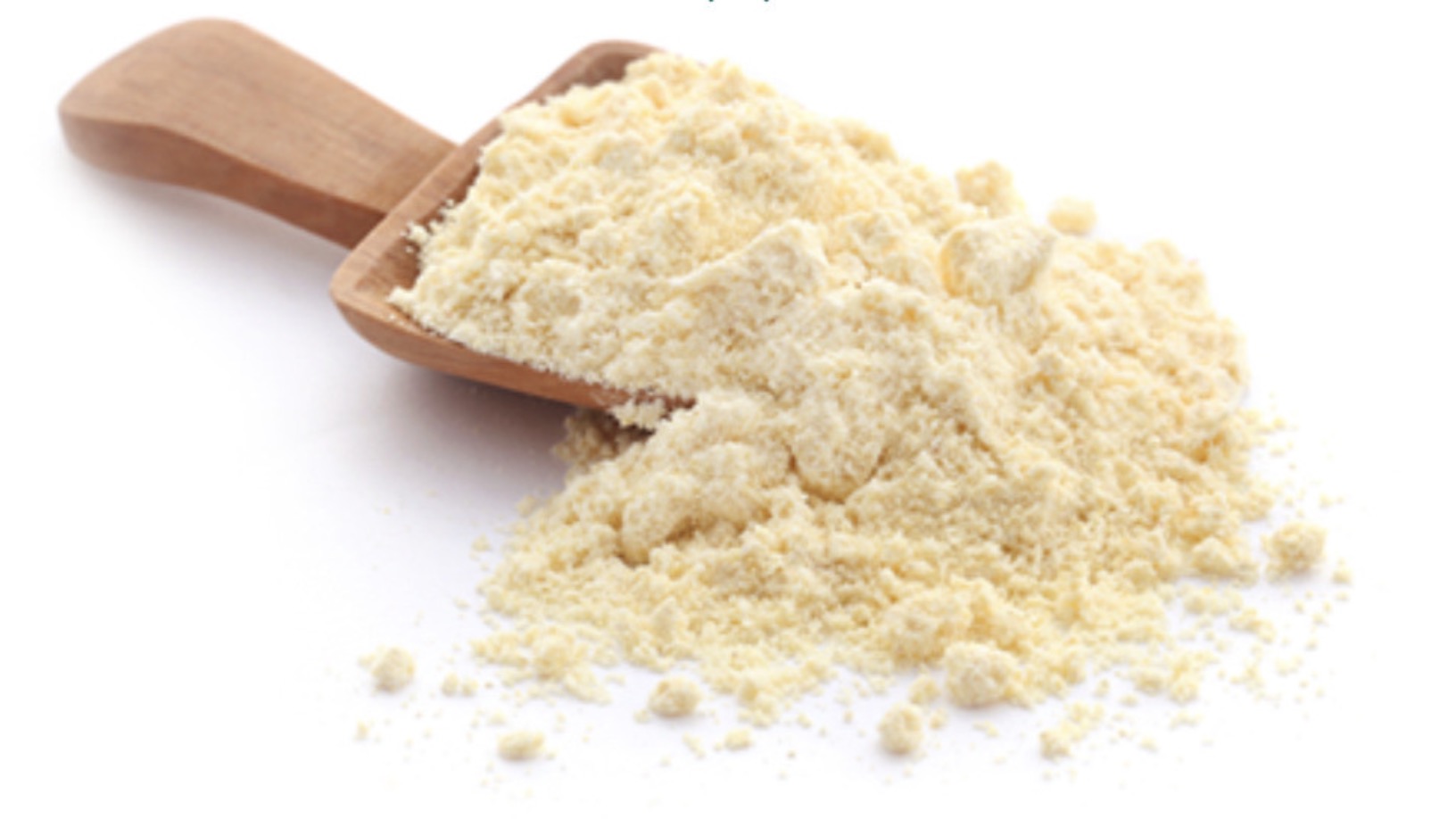The first to produce “whole-muscle cuts" of plant-based seafood suitable for use in sushi and sashimi, AquaCultured Foods expects to finalize its financing deal by end-September, raising more than the $1.5m previously planned, says the startup’s CEO and co-founder Anne Palermo.
In an interview, Palermo explains the efficiency of using fungi and fermentation to produce vegan seafood analogues, particularly for scaling production to achieve more affordable alt-seafood. “When comparing our method of scaling up with other methods, our is very inexpensive, straightforward and with minimum waste. It's a highly sustainable product,” she says.
The low cost and sustainability of fermentation products was what got Palermo hooked a few years ago, when she decided to start experimenting with fermentation, growing her own strain of fungi. According to her, AquaCultured Foods’s product, being unprocessed, naturally retains all the proteins, fibers and micronutrients that the human body can effortlessly absorb.
A finance graduate from the University of Illinois in Chicago, Palermo was previously an asset manager with Morgan Stanley and led a food startup. Together with food retail veteran Brittany Chibe, Palermo started AquaCultured Foods in October 2020. In the interview below, Palermo details her journey and motivations in starting AquaCultured Foods, and their expansion plans for the next couple of years.
This interview has been edited for length and clarity.
What motivated you to start AquaCultured Foods? Both you and your co-founder, Brittany Chibe, are serial entrepreneurs and experienced managers in the food and beverage sector, but you don’t have scientific backgrounds. How did you work on the R&D?
Fermentation is something I was really interested in, so I started doing a lot of research into fungi and mycelium. I’ve been able to create something that is a hybrid between advanced technologies and traditional fermentation techniques. I did a lot of AB testings, growing, refining, and optimizing the product in order to come up with something that is superior to other types of alt-seafoods in the market today.
We're funding studies in collaboration with two universities in the near future. [Editor’s note: Palermo declined to name the universities.] We are also collaborating with Eurofins [a global laboratory group providing testing services for the pharmaceutical, agribusiness and food industries] and doing in parallel outsourced lab work. We just added our first scientific hire with a strong background in fermentation. I was able to identify an opportunity, work on it, grow it, and enhance it; he's going be the one to take it to the next level.
You also said AquaCultured’s products are “non-GMO, unlike most fermentation-based products.” Could you tell us more about that?
We are not altering the genetic sequencing of our strain, whereas precision fermentation is about altering the genetic sequencing of the microbiomes.
We use biomass fermentation – it’s a different way of growing fungi, very similar to making cheeses or brewing beer. We use a highly nutrient-rich feedstock, mostly made of sugar, water and nutrients. We inoculate it into our proprietary culture, maintaining a healthy environment at the right temperature and humidity, which allows it to grow.
The result is a whole food product that is not processed, meaning it doesn't have high amounts of sodium, starches, and isolates that are usually added in the post-harvesting phase.
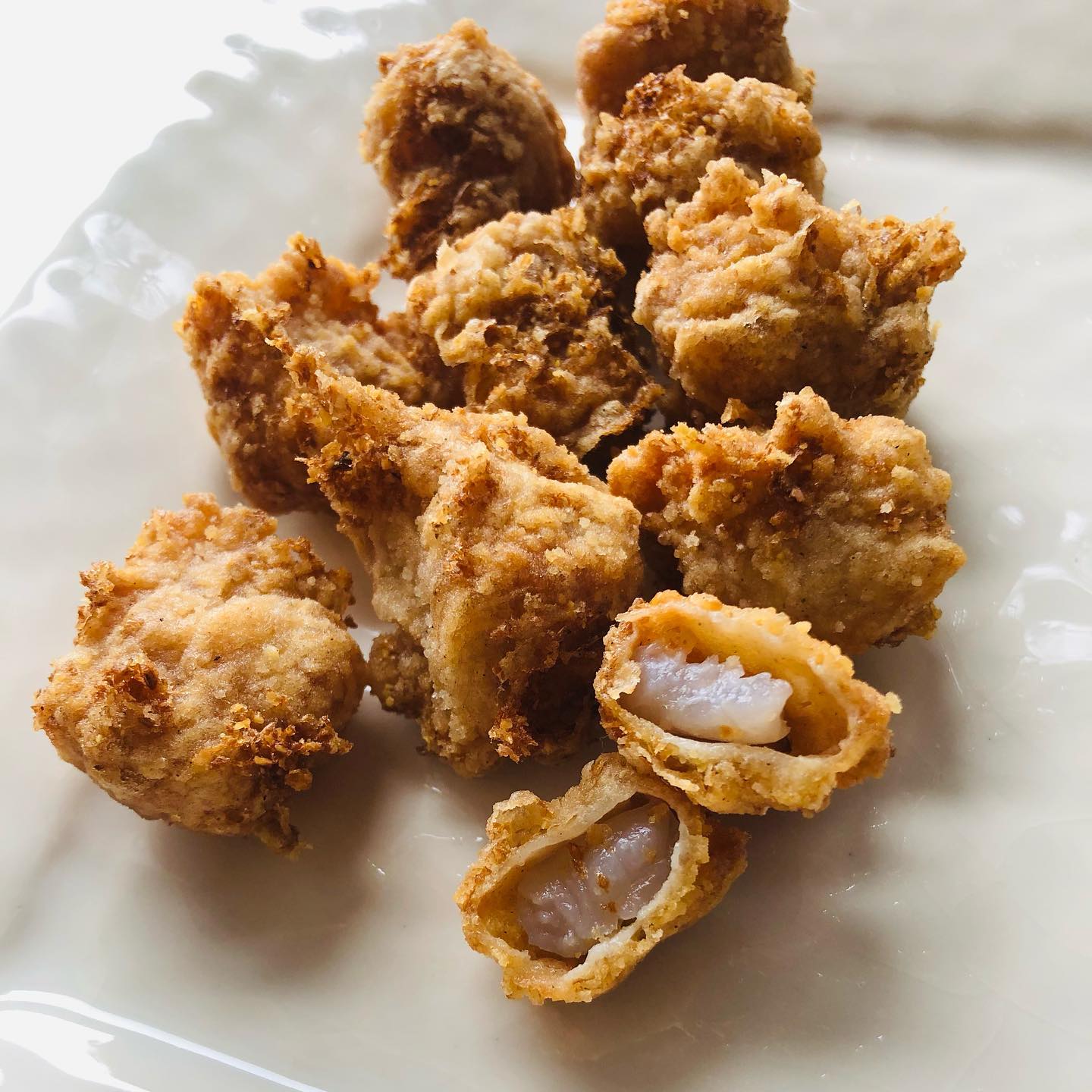
What is the nutritional value of your product?
Each 100 grams serving has approximately 80 calories. It contains 18 to 20 grams of proteins, 10 to 12 grams of fiber, and vitamins, including B complex vitamins, especially B12, which is notoriously lacking in plant-based diets.
You’ve mentioned that the product inherently has no taste, so how did you tweak it to resemble seafood?
Inherently it has no flavor and that's a real benefit because we don't have to use chemical masking agents to cover an off-taste. Meanwhile, we are also developing a proprietary seafood flavoring using amino acids and enzymes that are currently found in seafood analogs.
You plan to launch six products in the near future. Are all six produced using the same strain of fungi? What is your launch roadmap?
Yes, with the same strain of culture we are able to grow different textured products, like something denser similar to calamari, or a tender version for sushi. This is done just by altering the method we use, like changing the speed at which it grows, and the amount of water it absorbs. The opportunities are almost limitless.
We’ll first focus on the raw cuts to make sushi and sashimi, as well as on the whole codfish, which has a similar appearance and texture to normal seafood. At the same time, we're significantly closer to commercializing breaded and fried products like popcorn shrimp or fried calamari. Fried pieces have the chance of entering food services and retail much more quickly because they have a faster growth rate and are quicker to scale. These products will be launched as soon as possible in order to have the market test them within next year. Our goal is to have the products on the market by the end of 2022.
We are initially launching in the US but we’d like to grow overseas, especially in Asia targeting Hong Kong, Singapore and Tokyo for our first three international launches. We are working on a distribution agreement with one of the top international distributors in the food services sector.
Where is your manufacturing done? How will you scale production and expand your business?
Right now, production is still on a small scale and done in-house. We are in the middle of fundraising to move toward our pilot visibility.
Since our product is inherently tasteless, we can create an entire alt-protein platform not only within the seafood vertical. We can de-water it and create a chicken cutlet; we can grind it and make protein powders, or make it into a moist form as texturizing agent for plant-based burgers and nuggets. We can also blend it up and use it as a protein source for alternative cheeses, dairies, and yogurts. There are many opportunities across multiple alt-proteins verticals, although seafood is the area where we are focusing on right now.
You are in the process of closing a $1.5m funding round, after having raised $200,000 in April. When do you expect to close it and how will you spend the money?
We’ve raised more than $200,000. We were part of Big Idea Ventures’ accelerator – the $200,000 was part of that – and another investor also came in at that stage.
We are now closing our pre-seed round – it’s oversubscribed, with Big Idea Ventures and Sustainable Food Ventures as the earliest investors. For this reason, we decided to increase the amount of money we were raising from what was initially planned, to capitalize on opportunities that have been coming our way.
The funds raised would go toward the products’ launch and their commercialization, to R&D (we are going to invest the money in significant scientific hires in order to speed up the science as quickly as possible), and of course, to building our pilot facility.
Who are the customers that have tasted your product so far? Which product did they try and what was their feedback?
Currently, we aren’t offering products to the general public, only the raw cuts to our culinary advisors. One of them is a well-known celebrity chef with more than 10 years of experience in the seafood industry. He loves the product, its texture, and the fact that we can easily change its flavor.
How do you ensure that you stay competitive in the market?
We plan to do so by creating different types of seafood alternatives. We have also established supply agreements with selected multinationals to use our raw product in their commercialized brands. We’ll also be using our protein in a variety of different ways as we scale and get larger.
You have three patents pending: one for your strain of fungi, a second for your methodology of production, and a third for their applications in the food system. When are you expecting these to be approved?
Our patents are filed and I’m looking forward to having them granted, hopefully in 2022. We're about to file another patent for another kind of culture. So two patents for the culture, one for the method of production, and one for its usage in the food system.
What other milestones are you looking to achieve this year and the next?
We are going to invest heavily in R&D in order to get whole fish filets while starting off the commercialization of the popcorn shrimp, the calamari and the sushi cuts in raw form.
We want to get our products to the market fast; we don't want to be an R&D company. The only way to make impactful changes is by getting our products on the shelves so that people can buy them, eat them and love them. That's what this is all about.
